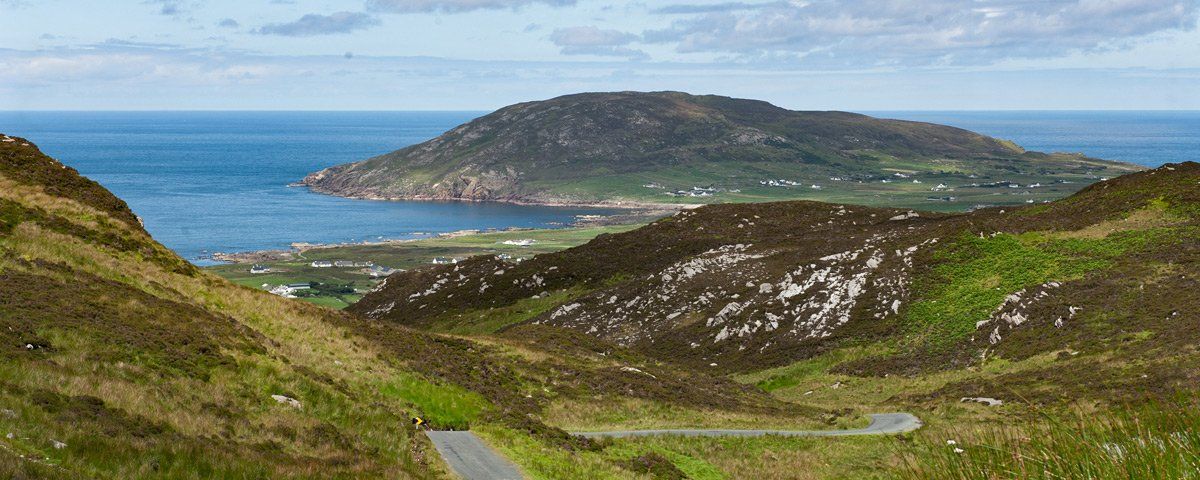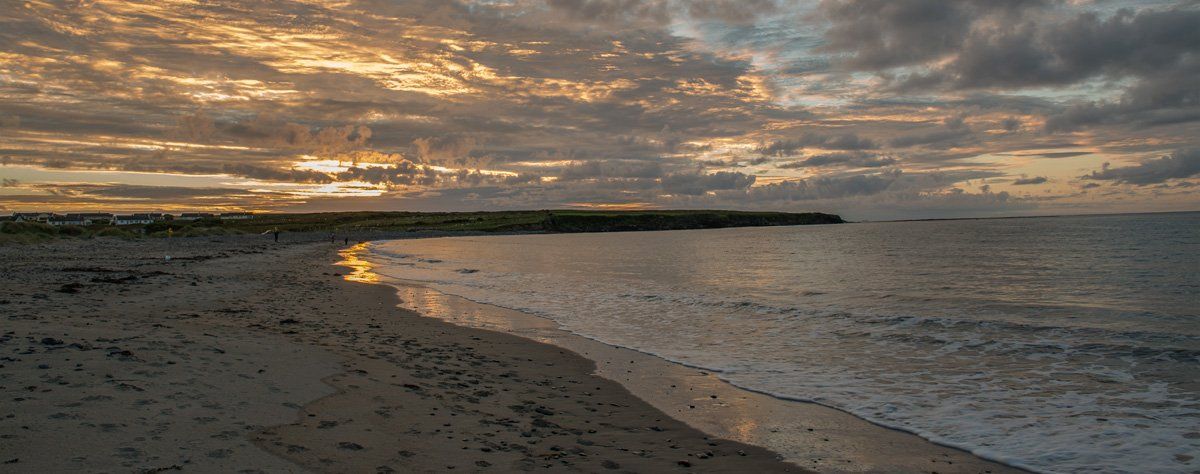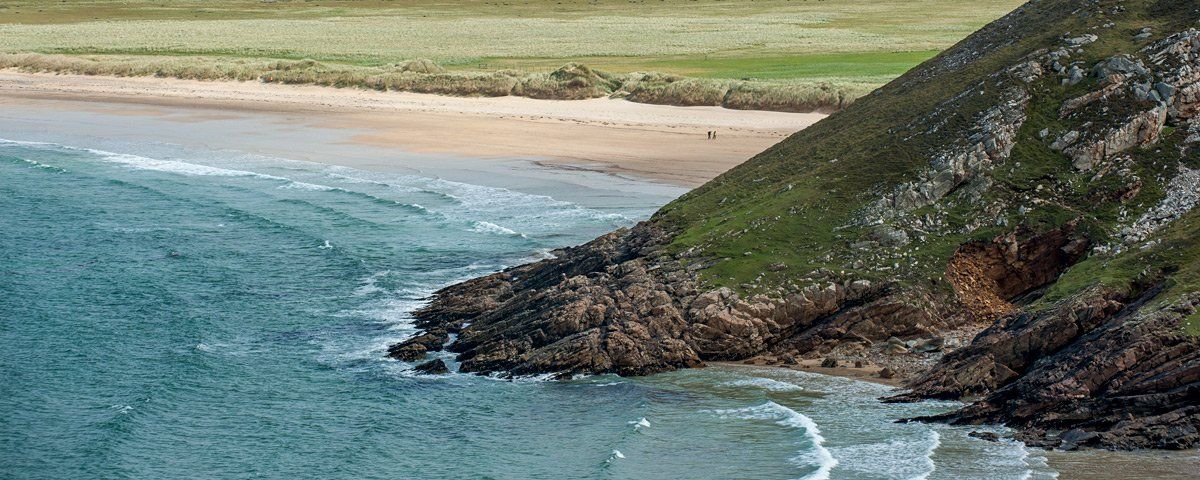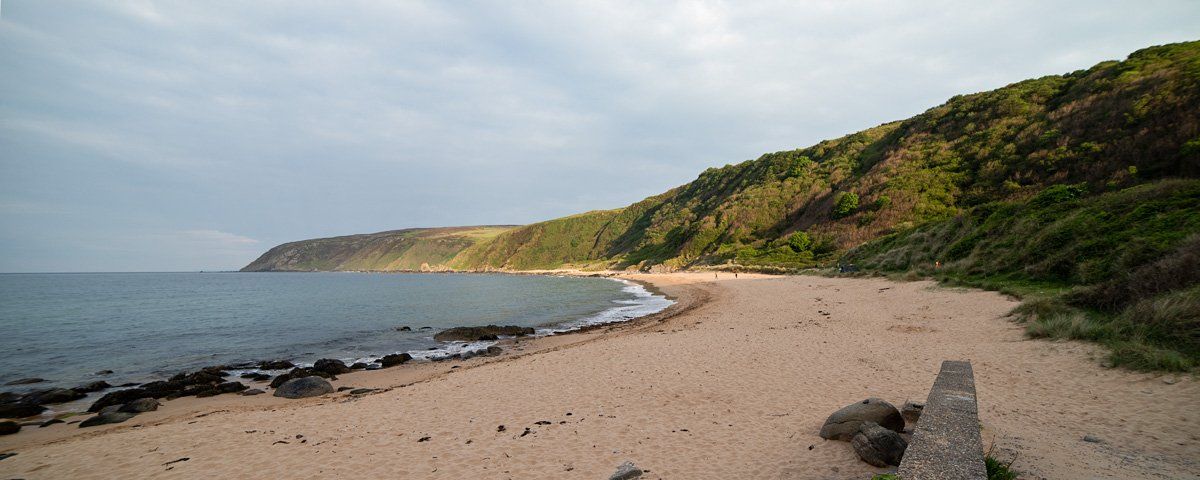La Girona was a Galleass of the Spanish Armada which normally carried a complement of 121 sailors,186 soldiers, 50 bronze cannons and 224 rowers. The night of October 28th 1588 when she struck Lacada Point it is estimated that she had a complement of over 1200 men on board. This came about as follows:- Second in command of the Spanish Armada was Don Alonso Martinez Levia who was aboard the 'Rata Santa Maria Encoronada', she carried a complement of 420 sailors and soldiers plus 35 cannons. The ship had proven difficult to manoeuvre in the winds around the west coast of Ireland and had received a severe battering by gales before finding shelter in Blacksod Bay, County Mayo.
Another two ships (and maybe more) arrived in the locality, the 'Santiago' which subsequently foundered at Poulatormish, Broadhaven and the 'Dunquesa Santa Ana' which also anchored in Blacksod Bay. The 'Dunquesa Santa Ana' had 23 guns, 280 soldiers and 77 sailors on board, for Don Alonso and his men she was a godsend. They carried out minor repairs to her, took aboard freshwater, loaded what had been salvaged from the 'Rata Santa Maria Encoronada' and set sail hoping to locate other ships of the scattered Spanish fleet.
Once again they encountered strong gales which drove them northward and into Donegal Bay, the wind did not abate and the ship was driven ashore near Ardara in Loughros Mor Bay where it foundered. Having got ashore, a friendly local chieftain gave them assistance and shelter. Word came that other Spanish ships were located further along the coast so with his compliment of men (estimated to have been around 1000) complete with cannons and valuables, Don Alonso marched northwards and discovered that three ships had come in on the gales at Killybegs. The 'Girona' was undergoing repairs to a damaged rudder sustained in the gales and the other two, the 'Lavia' and 'San Juan' had both foundered.
This time, instead of heading south towards Spain, Don Alonso decided to take the 'Girona' northwards to Scotland where he believed they could find relative safety, recuperate and then make their way back to Spain from there. The 'Girona' set out from Killybegs with the surviving crews of two other shipwrecks and all their accumulated valuables and cannons. Once again, increasingly bad weather was encountered which resulted in the rudder being damaged off Inishowen. They then found themselves being blown by gale force winds towards the north coast, the power of the 224 rowers could do nothing to keep the ship offshore and she finally struck Lacada Point in darkness on October 28th, 1588.








